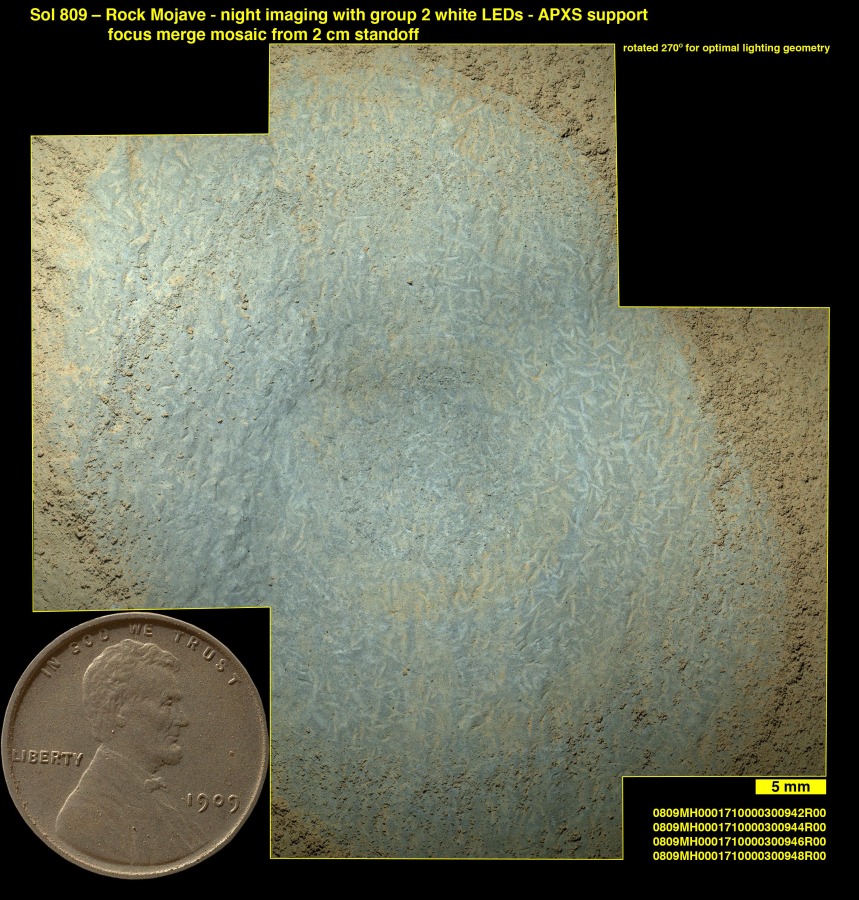
Friday, December 12, 2014
2.6 apod
This picture is a close up of a picture from the MAHLI also known as Mars Hand Lens Imager on the Curiosity Rover.This picture captures elongated crystal shapes formed by precipitation minerals dissolve in water. This is important with our exploration of mars because we must have some form of water to survive. This was likely the result of an ancient lake or riven on the surface of mars. They were found on the pink cliffs of the Pahrump hills on the base of Mount Sharp on mars. The inset of the Lincoln cent provided a scale. Mars dust itself, the penny is a MAHLI calibration target attached to the rover.


2.5 APOD
In this picture you are seeing an expanding nebula. No one is exactly sure what caused this expanding nebula. 170 years ago one of the southern star systems became the second brightest start. years later after ejecting more mass than the sun Etc car faded. This burst created the Homonuculus Nebula. The image we see was taken by Hubble space telescopein 1995, 2001 and 2008. the center is lit by a star. While the regions surrounding the star are expanding gas. the Eta Car still undergoes outbursts. IT mass and volatility make it a supernova candidate sometime in a few million years.
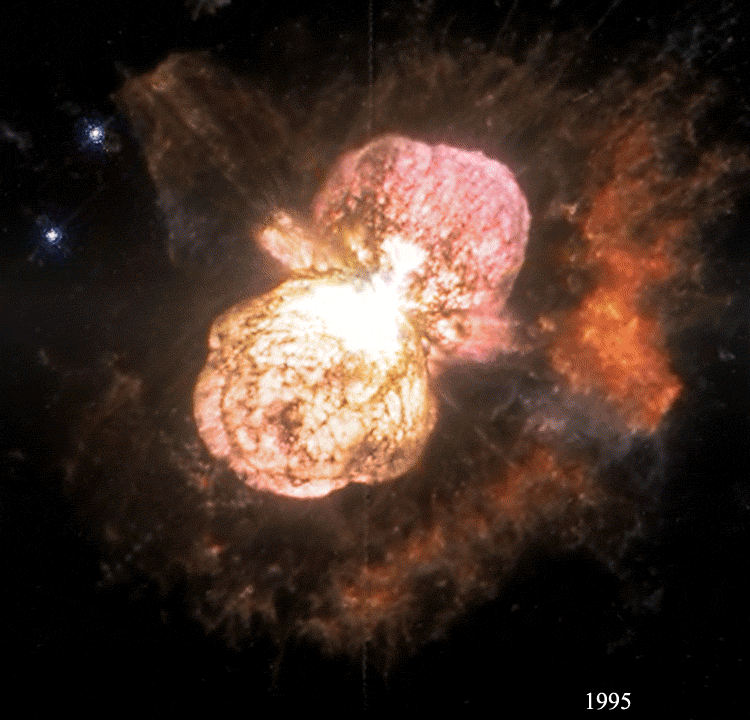

Friday, November 21, 2014
APOD 2.4
In this picture you are looking
at what is called the crab nebula. It is a m1 object of the famous Charles
messier from the 18th century. Messier listed many thing that were not
comments. The crab is supposed to be remnants of a supernova. A supernova is a
explosion of a massive star. The crab pulsar is one of the most exotic objects
for modern day astronomers. A crab pulsar is a neutron spinning 30 times a
second and is viable as bright spot near the center. This nebula spans about 12
light years and is about 6500 light years away in the constellation Taurus .
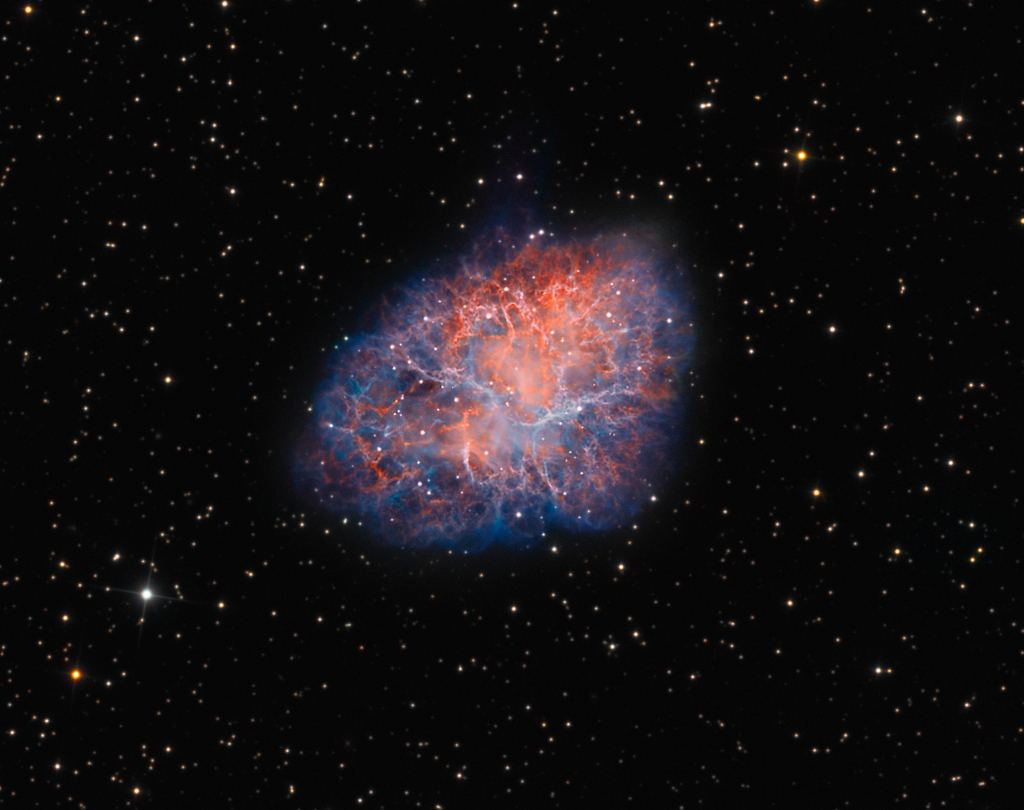
Friday, November 14, 2014
2.3 APOD
In this picture you
are seeing the Rosetta mission landing safely on the comet. On the left it
appears Philaes feet are on the surface. Philae bounced twice before settling and
returning images from the surface. The surface panorama suggests the landers has
come to rest titled and near a wall. The solar panels on it are getting less
illumination than hoped. The instrument are working as planned and the data is
being relays during communication time periods. They can only do this when the
Spacecraft is above the landers new Horizon.
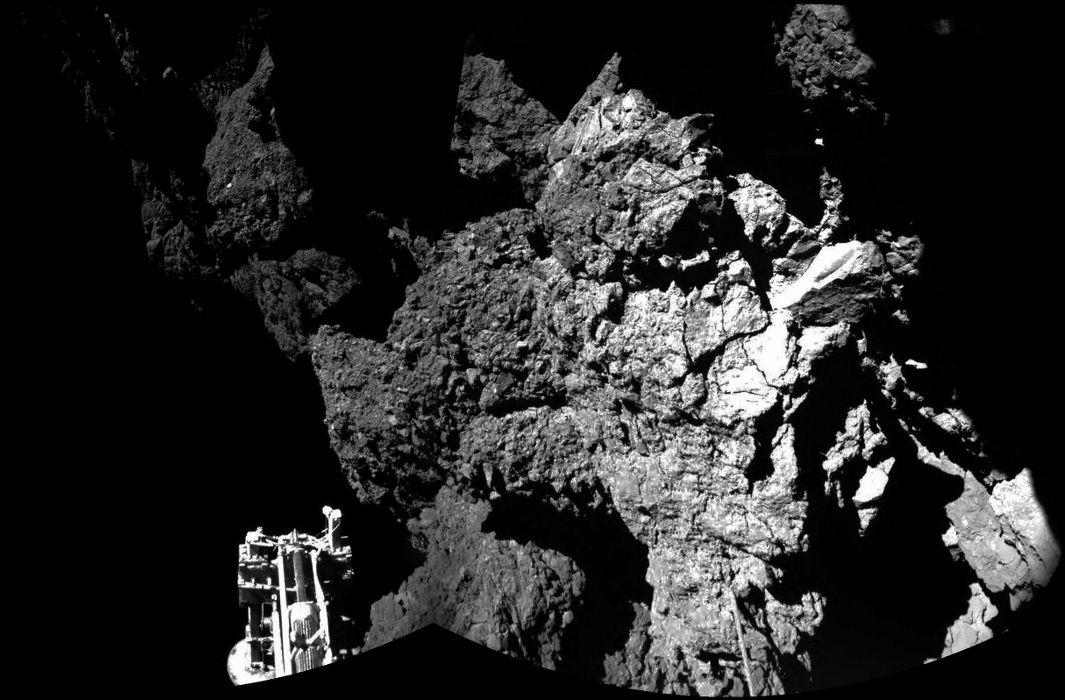
Friday, November 7, 2014
2.2 Apod
IN
this picturing you are seeing a dusty and shape less emission of the region Sh2-155,
also know as the Cave Nebula. Data was taken through narrowband filters tracks
glow of ionized sulfur, hydrogen, and oxygen atoms in red, green, and blue.
This nebula is about 2400 light years away. The picture lies on the plane of
the milky way toward the northern constellation of Cepheus. Studies show that
it has formed a massive Cepheus B Molecular cloud, young starts of Cepheus OB 3
association. The bright rim of ionized interstellar gas The bright rim energized by radiation from the
hot stars, dominated by the bright star just above picture center. The ionization
fronts are likely triggering collapsing cores and new star formation within. The
cosmic cave is over 10 light-years across.
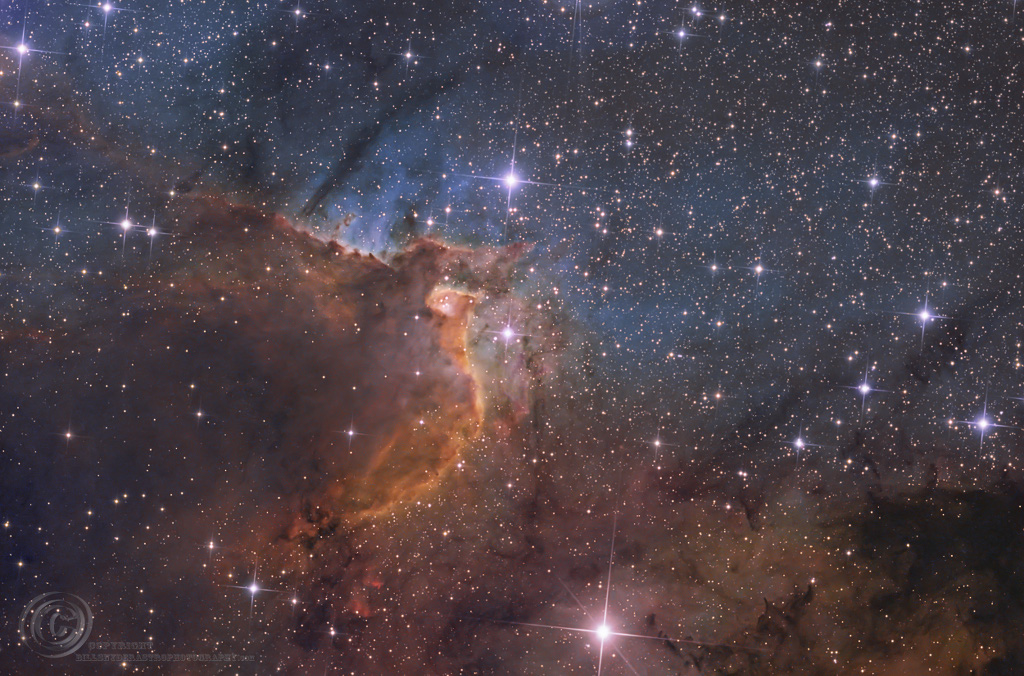
Friday, October 31, 2014
2.1 APOD
A spectre in the eastern Veil. In this picture it is showing
the Eastern Veil Nebula. The Veil nebula is a large supernova remnant, the
debris cloud from the death explosion of a massive start. The Veil is brought
in a circular shape and covers about 3 degrees in the sky in Cygnus. Also known
as the swan and is a constellation. This
portion of the eastern veil spans ½ degree the size of the moon. The estimated distance
is 12 light years. The colors are formed by emission from hydrogen atoms in the
remnant is show in red with strong emission from oxygen atoms in blue. The
Western part lies in another season apparition called the witch’s broom which
is ironic since today is Halloween.

Monday, October 20, 2014
1.8 APOD
http://apod.nasa.gov/apod/ap141017.html
In this photo you can see the greenish coma and told of comet siding spring. This comet is 2000 light years away and is is the messier 6 cluster. In the picture they seem very close together. They are in the same line of sight as the constellation named Scorpius. One of the constellation we have learned this year already. The comet will be just passing mars by 139,500 km. Thats is almost 10 times closer that any know comet to by earth to this day. If it were to impact it would have no direct effect on us other than the comet dust moving 56km per second. The encounter will be followed closely by the spacecraft and martian orbit and rovers.
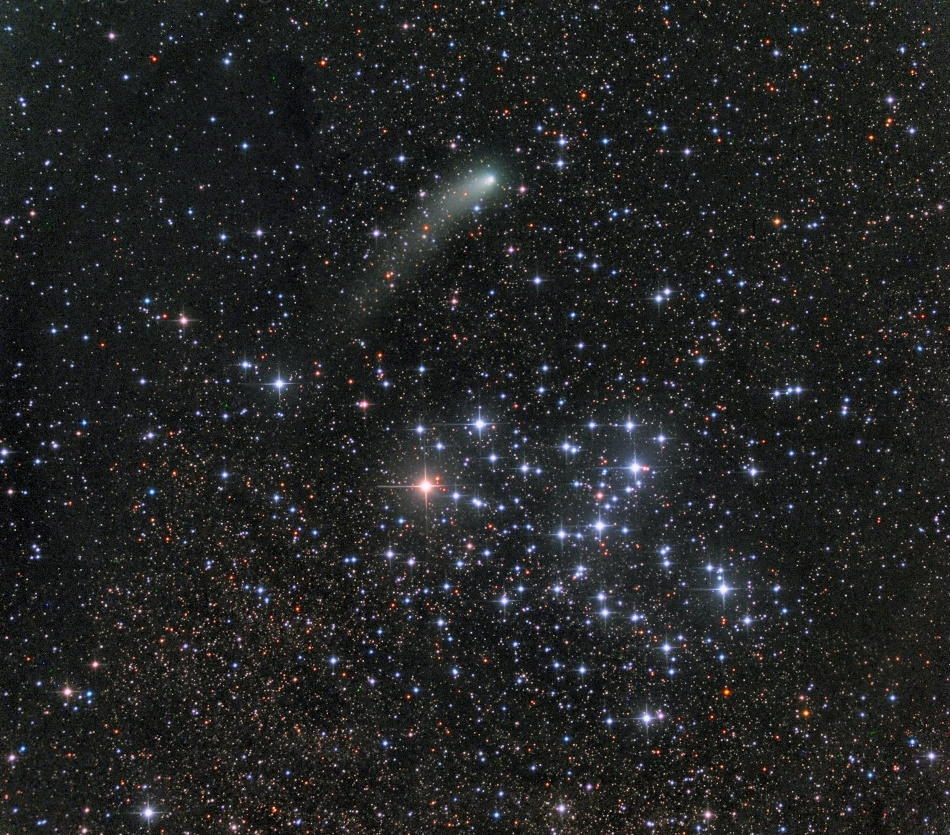
In this photo you can see the greenish coma and told of comet siding spring. This comet is 2000 light years away and is is the messier 6 cluster. In the picture they seem very close together. They are in the same line of sight as the constellation named Scorpius. One of the constellation we have learned this year already. The comet will be just passing mars by 139,500 km. Thats is almost 10 times closer that any know comet to by earth to this day. If it were to impact it would have no direct effect on us other than the comet dust moving 56km per second. The encounter will be followed closely by the spacecraft and martian orbit and rovers.

Monday, October 13, 2014
Observations (stargaze)
This Sunday Oct. 12 I went to the stargaze at pine view. It was my first stargaze and it was a awesome experience. For the first time i was able to pick out what we were learning in class in the sky. We saw the stars in the summer triangle. Also you could see the milky way dimly. We pinpointed the summer constellations we have been learning and some of the new falls ones to come. We Looked at Saturn, mars, Specific stars and a galaxy outside of our own. I even saw Saturns ring through the telescope. The Andromeda galaxy is the only one we can see from earth that outside of our own. Overall the stargaze lasted from 730-930 and it was a great time. I am looking forward to the next stargaze!
Friday, October 10, 2014
1.7 APOD
Eclipse at moonset.This picture is capturing an eclipse. this picture was taken at the Pacific ocean and Chilean coast that lies below some clouds. What is seen in the predawn colors is a partially eclipsed moon growing dark. You can see the curved edge of planet earths shadow still cuts across the middle of the moon. From the southern hemisphere and much of eastern america the moon completely immersed within earths shadow.. To the west total phase could be followed for almost an hour. This makes the mood turn a dark red. This captures the beauty of space.
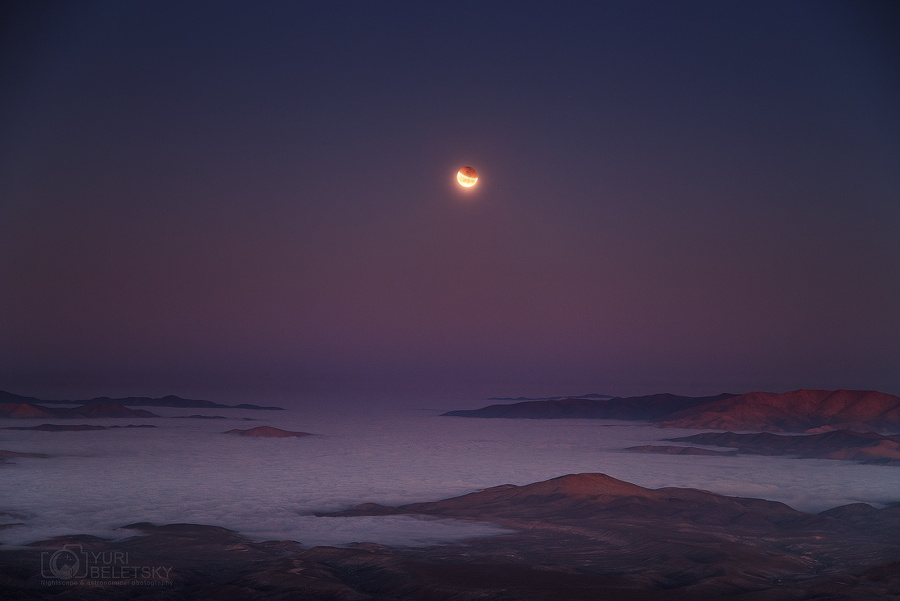

Johannes Hevelius Paper
Noah McCLannahan
Mr. Percival
Astronomy
10/10/2014
Johannnes
Hevelius
Johannes
Hevelius was a German-Polish astronomer. He was born
in Danzig Poland on January 28 1611. His Father’s name was Abraham Hewelke and his mother’s name was Kordula Hecker.
His parents were part of a group of wealthy brewing merchants. As a Child
Johannes was raised in wealthy family. Johannes as a child was sent to
Gądecz to study
his native language. He then started his studies at The University of Leiden.
He studied jurisprudence. Jurisprudence is the theory or philosophy of law. As
he travelled through England and France he decided to settle down in his native
town in 1634 where he became a brewer and town councilor. He became famous for
brewing jopen beer. In 1635 Johannes married a women named Katharine Rebeschke. In 1635 Johannes became part of a Beer-Brewing guild which he
led from 1643 onwards. Around 1639 Johannes became interested in Astronomy.
Johannes decided to build
an observatory in his house. This observatory was filled with many instruments.
Including a tubeless telescope of 150 ft. This telescope may have been the longest "tubed"
telescope before the advent of the tubeless aerial telescope .His Observatory was so amazing it was visited by John II and Maria
Gonzaga, king and queen of Poland. With this observatory Johannes observed
sunspots and devoted four years to charting the lunar surface. What he
discovered was that the moon's libration in longitude, and published his
results in Selenographia (1647), a work which entitles him to
be called the founder of lunar topography.
Some of his other works were, Prodromus cometicus (1665), Cometographia (1668),
and Catalogus Stellarum Fixarum (dated 1687), catalog of 1564 stars. His first wife died
in 1662 he then remarried the daughter of a merchant family. They had four
children together. Elisabeth his second wife was considered the first female
astronomer. She published two of his works even after his death. He discovered four comets in the several years
1652, 1661, 1672 and 1677, and suggested the revolution of such bodies in
parabolic tracks round the sun. On September 26, 1679 his observatory was
destroyed by a fire. His instruments and books were destroyed. He did his best
to repair the damage that had been done. He was able to repair enough to catch
the great comet of 1680. Johannes decided to name the constellation Sextans
after his lost instruments. Johannes
health had depleted from the shock of the 1679 fire, and he died on his 76th
birthday, January 28, 1687. Hevelius was buried in St. Catherine's Church in
his hometown. Johannes had a good life. He has been named the “founder of lunar
topography” and has described ten constellations. About 7 of those
constellation are still used today by astronomers. Johannes Hevelious observations and discovery
of lunar topography has been a huge help to the study of astronomy and the
world.
Works Cited
"Johannes Hevelius." Johannes Hevelius.
N.p., n.d. Web. 7 Oct. 2014.
"Johannes Hevelius." Wikipedia. Wikimedia Foundation, 6
Oct. 2014. Web. 6 Oct. 2014.
Friday, October 3, 2014
1.6 APOD
http://apod.nasa.gov/apod/ap141002.html
This APOD is named the bubble nebula.This picture was cataloged as NGC 7635 its also know simply as The Bubble Nebula.The diameter bubble offers evidence of violent processes at work. Below the bubble you see the a O star. An 0 star is several hundred thousand times more luminous and around 45 times more massive than the sun. The intense radiation of the sun blasts structures
of glowing gas against dense material surrounding the molecular cloud. This bubble lies 11,000 light years away towards the constellation called Cassiopea. Three color image is depicted of hydrogen, oxygen emissions were used for red and blue to great the green channel.This picture captures the immense space of space. . Also it amazes me how far away this bubble is. Overall this is one of the coolest pictures of have seen on the APOD site.
This APOD is named the bubble nebula.This picture was cataloged as NGC 7635 its also know simply as The Bubble Nebula.The diameter bubble offers evidence of violent processes at work. Below the bubble you see the a O star. An 0 star is several hundred thousand times more luminous and around 45 times more massive than the sun. The intense radiation of the sun blasts structures
of glowing gas against dense material surrounding the molecular cloud. This bubble lies 11,000 light years away towards the constellation called Cassiopea. Three color image is depicted of hydrogen, oxygen emissions were used for red and blue to great the green channel.This picture captures the immense space of space. . Also it amazes me how far away this bubble is. Overall this is one of the coolest pictures of have seen on the APOD site.
Sunday, September 28, 2014
1.5 APOD Blog
http://apod.nasa.gov/apod/ap140927.html
Apod Blog
This picture is called A Launch and a Landing. This amazing picture was taken from Atlantic beach. Cape Canaveral. You can see that four identically framed digit images
are combined in the night skyscape. They person taking the picture did this to capture the flight of Falcon 9 rocket. It launch on September 21st. The Launches goal was to deliver Dragon X capsuled
filled with supplied for the ISS. You Can see the levels of the launch. First with its firing trails, then after separation as it is climbing to low earths orbit. Then at the horizon near the center of the re ignition is the controlled descent. When Falcons 9s first stage to a soft landing off the coast. This picture captures the technology we have invented and it is amazing. Also the different layers it to to combine to make this image must of been hard.
Apod Blog
This picture is called A Launch and a Landing. This amazing picture was taken from Atlantic beach. Cape Canaveral. You can see that four identically framed digit images
are combined in the night skyscape. They person taking the picture did this to capture the flight of Falcon 9 rocket. It launch on September 21st. The Launches goal was to deliver Dragon X capsuled
filled with supplied for the ISS. You Can see the levels of the launch. First with its firing trails, then after separation as it is climbing to low earths orbit. Then at the horizon near the center of the re ignition is the controlled descent. When Falcons 9s first stage to a soft landing off the coast. This picture captures the technology we have invented and it is amazing. Also the different layers it to to combine to make this image must of been hard.
Tuesday, September 23, 2014
Johannes Hevelius Sources
http://go.galegroup.com/ps/retrieve.do?sgHitCountType=None&sort=RELEVANCE&inPS=true&prodId=GVRL&userGroupName=fl_sarhs&tabID=T003&searchId=R2&resultListType=RESULT_LIST&contentSegment=&searchType=BasicSearchForm¤tPosition=1&contentSet=GALE%7CCX3408501386&&docId=GALE|CX3408501386&docType=GALE
http://en.wikipedia.org/wiki/Johannes_Hevelius
http://www.nndb.com/people/649/000096361/
Friday, September 19, 2014
Observations of the Week.
Monday- I went outside around 8:45 and i saw the big dipper mars and Summer triangle. I did not notice the other constellation in the sky.
Tuesday- I observed the sky since i am new to observing the night sky i only saw the big and little dipper.
Wednesday. I Tried looking up again with no avail. Still struggling to identify the constellations i know that are up their.
Thursday. Had some progress. I noticed the summer triangle again. I somewhat made out the constellation Sagittarius. Learning and detecting constellations in the sky was harder than i thought.
Friday: I have not been able to look up at the sky today. Tonight i will gaze up at the heavens and continue to try and pinpoint the summer constellations that are floating up above.
Monday- I went outside around 8:45 and i saw the big dipper mars and Summer triangle. I did not notice the other constellation in the sky.
Tuesday- I observed the sky since i am new to observing the night sky i only saw the big and little dipper.
Wednesday. I Tried looking up again with no avail. Still struggling to identify the constellations i know that are up their.
Thursday. Had some progress. I noticed the summer triangle again. I somewhat made out the constellation Sagittarius. Learning and detecting constellations in the sky was harder than i thought.
Friday: I have not been able to look up at the sky today. Tonight i will gaze up at the heavens and continue to try and pinpoint the summer constellations that are floating up above.
APOD 1.4
In this picture you see a bunch of stars. Also know as a crowded star field covering over 2 Degrees within the flying constellation cygus. In this photo your eye is attracted to the redish orange cluster in the photo. What everyone sees is a cosmic cocoon. A cosmic cocoon is a compact star forming reagion. It has a long trail of obscuring interstellar dust clouds.This nebula is about 15 light years wide and about 4000 LY away. The star that is in the middles of this nebular is most likely on a few thousand years old. This picture is truly mesmerizing. It captures the beauty and vastness of space.
http://apod.nasa.gov/apod/ap140918.html
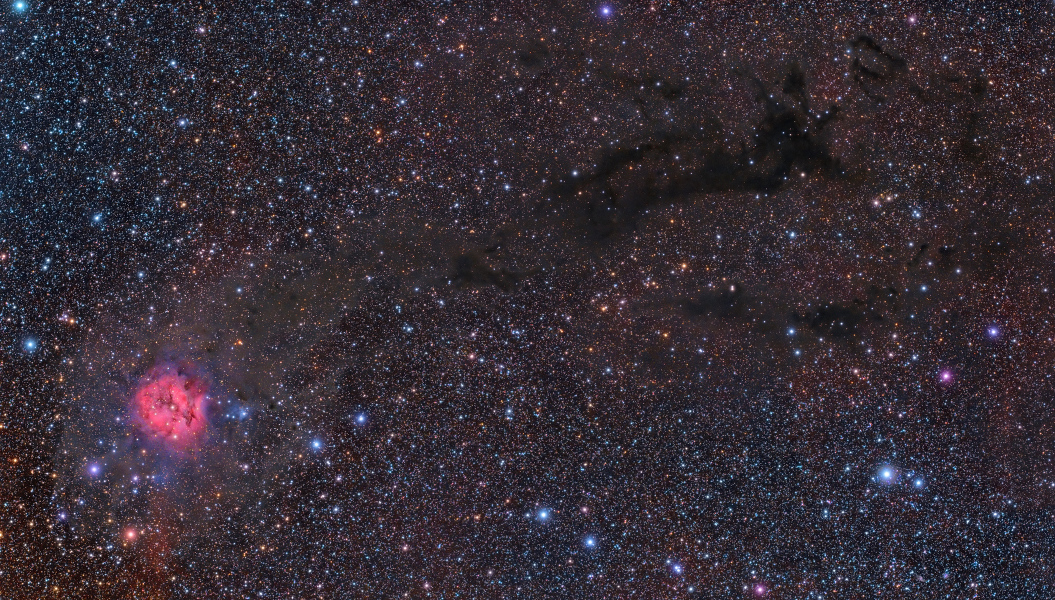
http://apod.nasa.gov/apod/ap140918.html

Friday, September 12, 2014
APOD 1.3
Laniakea is our home super cluster of galaxies. In this
picture it is showing exactly that. Not only is it one of the largest structures
know it is also our home. The Laniakea cluster of galaxies contains thousands
of galaxies, including our milky way. The Virgo cluster of galaxies are the
closest cluster of galaxies to our own. In the picture the green areas have
white dot galaxies and the white line indicate motion towards the center. The outline
of Laniakea is in orange. The blue dot shows our location. The Laniakea is
about 500 million light years and contains 100,000 times the mass of the Milky
Way. Laniakea Means “immense heaven” in Hawaiian. This picture truly shows how
small we are compared to the entire galaxy. I believe there must be some other life
forms out there in other galaxies that we are not able to contact.
Sunday, September 7, 2014
1.2 Asto APOD Blog
1.2 Astro blog
Sept. 6 2014
The Name of this picture is Moonbow beach. It shows
a moonbow shining across the western horizon of a deserted beach scene in
Molokai Island in Hawaii. The strange thing about this picture is there is no
moon. A rainbow is produced by sunlight internally reflected in raindrops from
the direction opposite of the sun back toward the observer. As the light passes from air to water
and back to air again, longer wavelengths are refracted (bent) less than
shorter ones resulting in the separation of colors. The Moonbow is produced as
raindrops reflect moonlight from the direction opposite the Moon. That
puts the Moon directly behind the photographer, still low and rising over the
eastern horizon. This picture is truly breathtaking. I hope one day I will
see a moonbow!
Wednesday, September 3, 2014
Astro 1.1
Noah
McClannahan
APOD 9/1/2014
This picture is talking
about the sky appeared to be full of color after a giant storm over Bangladesh.
The unusual pattern that was created in the photo was due to atmospheric
gravity waves. This created an aurora. Aurora’s are powered by collision with
energetic particles seen at high altitudes. Airglow is due to chemiluminescence. Chemiluminescence is the emission of light as the result
of a chemical reaction. Airglow (also called nightglow) is the very weak emission of light by a planetary atmosphere. Airglow keeps the night sky from ever being completely
dark. With all these reactions happening its creates what the people of Tibet
and china saw in the sky that night.
Subscribe to:
Posts (Atom)